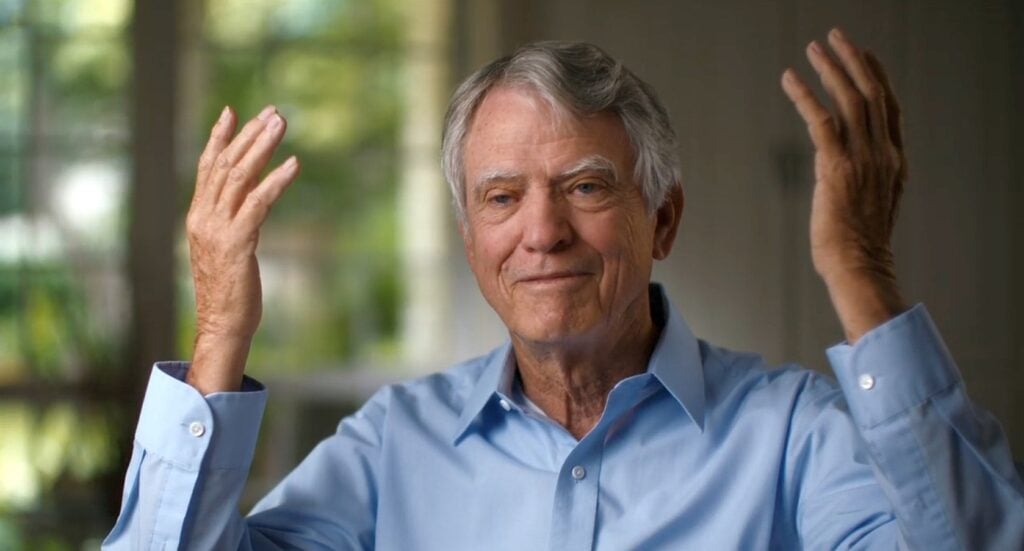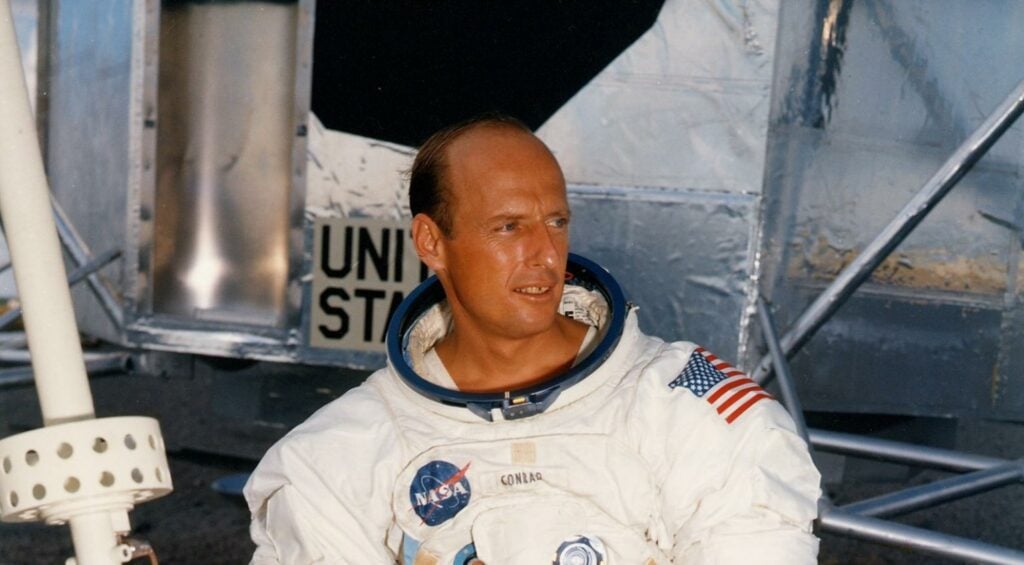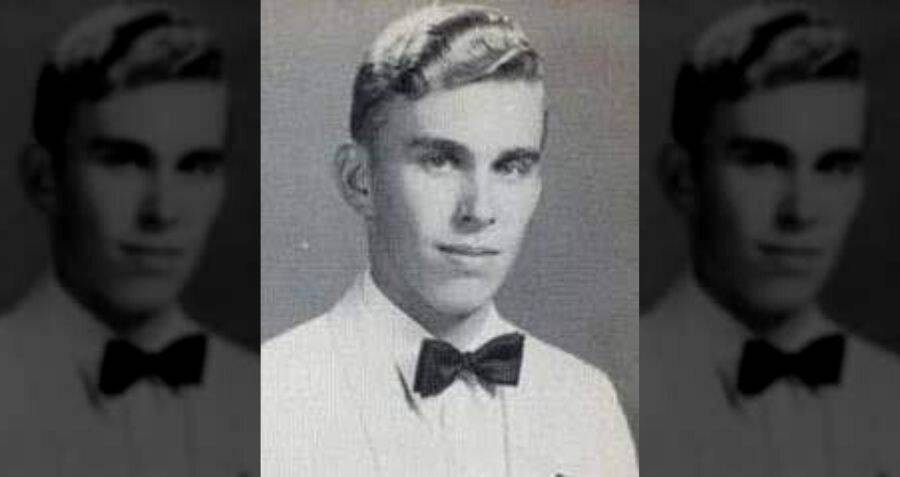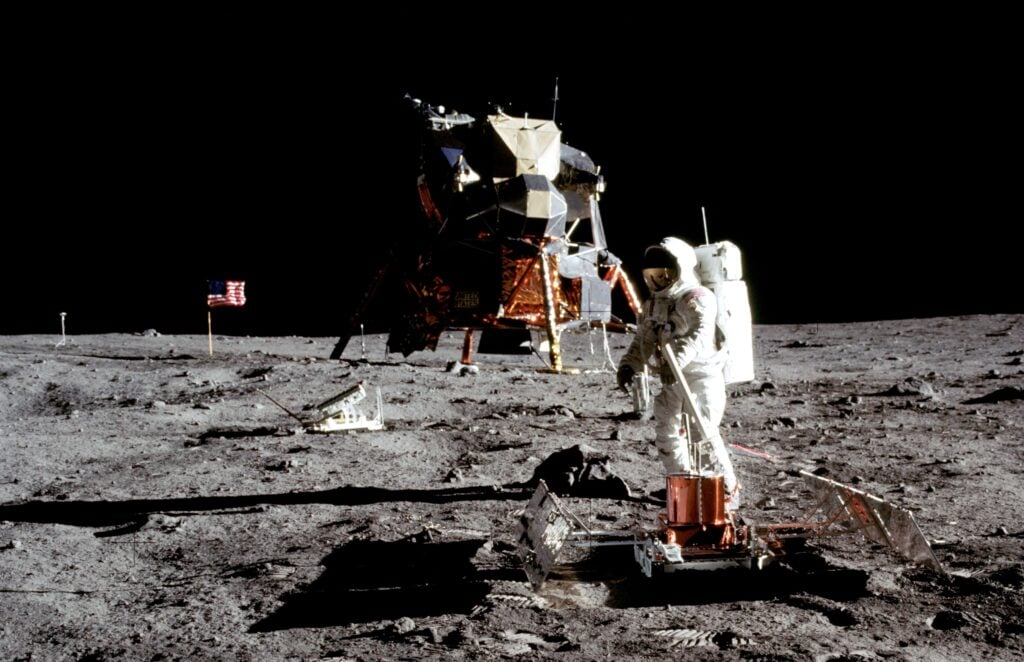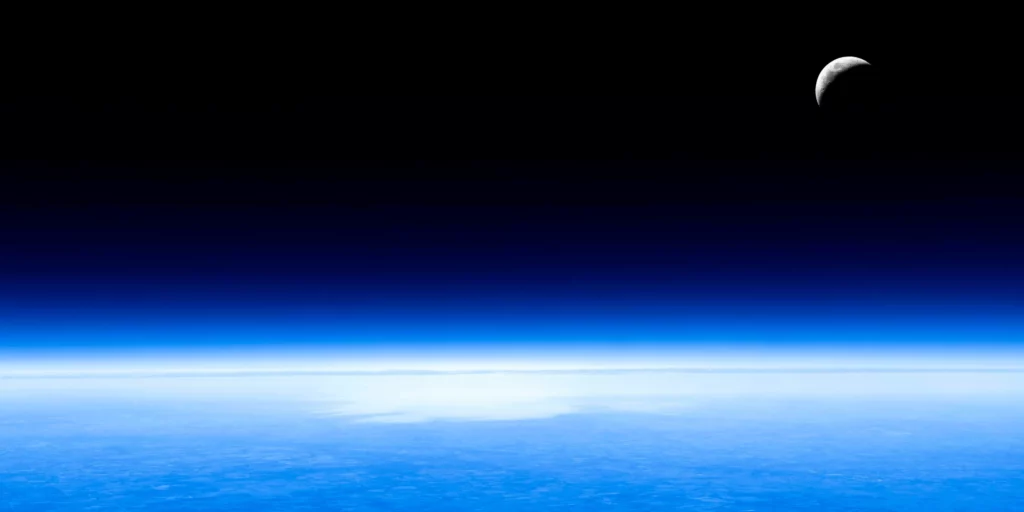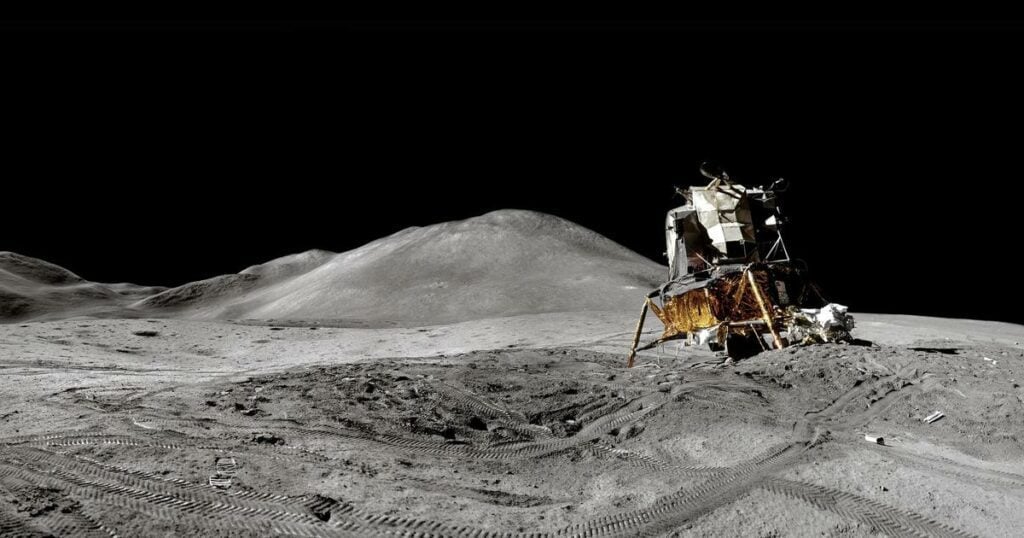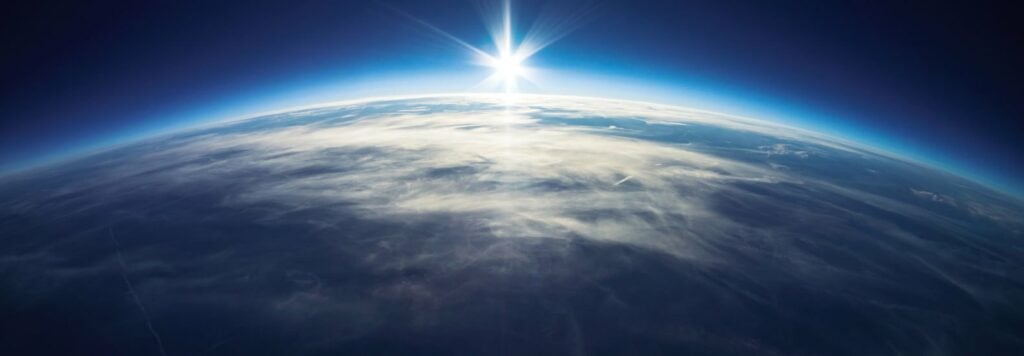The Big Bang was Not Actually an Explosion that Happened in the Center of the Universe. In Fact, There is No Such Thing as the Center of the Universe. The Big Bang Happened and Has Been Happening Everywhere All at Once.
Georges Lemaître, an astronomer, had a big idea in 1927. He claimed that the universe began as a single point long ago. He claimed that the universe stretched and expanded to become as large as it is now and could continue to stretch. But do you know what the Big Bang actually is? The Big […]

